A powerful explosion rocked a sensitive Israeli missile factory named Tomer on Tuesday during a test for advanced weapons, according to reports by Israeli news outlets 22 hours later.
Around 1:30 AM Thursday, it was reported that a missile had hit near the occupying regime’s top-secret military nuclear facility Dimona. The landing of the long-range projectile was a game-changer, thus complicating the situation far beyond any simple analysis.
Although the Zionist regime would either try to downplay the gravity of the situation or take advantage of it to improve its disparate internal and political affairs, it would never be able to hide its concerns and fears. Especially at the time when its fragile political structure is heading for a fifth round of voting for the general elections and political dissonance has spiraled inside the regime.
The majority of reactions to this incident conveyed an important message. Some news outlets wrote that the two incidents carried the Resistance's message of deterrence to the Zionist regime so as to ward off the regime from playing any risky game on the ground of nuclear Iran as well as the resistance axis; otherwise, the regime would bear witness to a harsh and tough game played on its nuclear facilities.
Some outlets also stressed that the rules of the conflict have now changed in the Middle East, with the large explosion near the Zionist regime's Dimona nuclear power plant in the Negev desert inside the occupied territories, where the regime operates the hugely controversial installation.
What were the reactions?
Most of the news media in the region reacted to the Dimona incident by describing it as a change in the equation and the rules of the conflict between Syria, or rather the resistance axis, and the Zionist regime.
The important point that was mentioned and the Israeli media had quoted the regime’s minister of military affairs Benny Gantz as saying was that the Israeli defense system utterly failed to intercept the missile before it landed. This brings to mind the words by the former Israeli minister of military affairs Avigdor Lieberman who once said the regime’s defense system was spent. This description echoed what Seyyed Hassan Nasrallah, the secretary-general of the Lebanese Hezbollah resistance movement, said about the whole existence of the Zionist regime; An entity that is frailer than a spider's web.
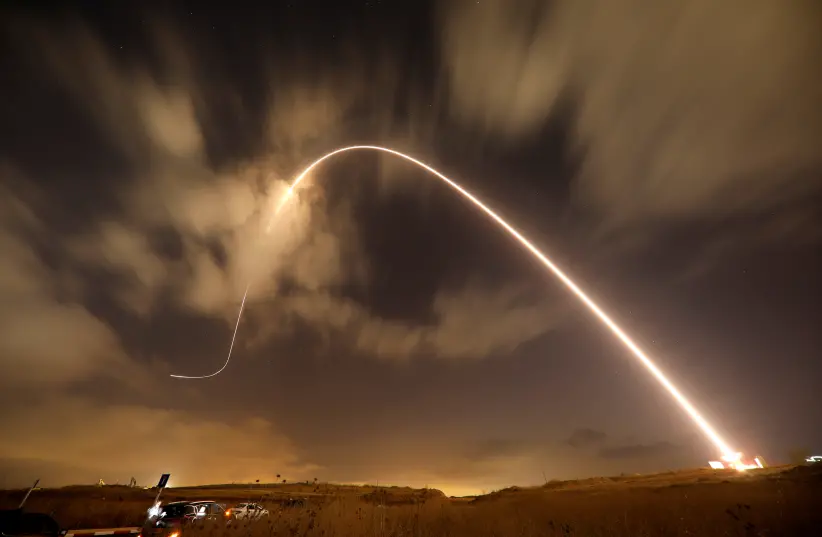
Gantz, who was all too eager to use this opportunity to rebuke Netanyahu, acknowledged the regime’s failure in intercepting the missile. Before him, Lieberman had also said the missile had targeted Netanyahu more than anything else.
Israeli news outlets, which until a few days ago attributed almost every incident in Iran to the regime, claimed that the missile was a result of an “errant” Syrian anti-aircraft fire that had accidentally landed near Dimona. A Lebanese journalist wrote in reaction, "I wonder if it was the Israelis who were the errant one or the missile that was fired at Dimona."
Although a few Arab media outlets reported that the “errant” missile landed 30 kilometers near Dimona in response to Israeli fighter jets, they could not handle it with a simplistic analysis. It could be said that almost all of them were talking of the emergence of a new equation and a change in the rules of the conflict.
What matters the most is that the message that was conveyed to Israel was that the rules of the game have changed today, just as the equation had changed a long time ago.
The Al Mayadeen media network covered the news in a different way, describing the passage of the Syrian air defense missile into the airspace of the occupied territories and its landing a few kilometers from the Dimona power plant, as a success and at the same time, a clear message to the Zionist regime; at a time when there were sharp contradictions in the remarks by the Zionist regime officials, who either claimed the downing of the missile or admitted to the regime’s failure to intercept it in the first few moments.
Features of the Syrian missile targeting Dimona
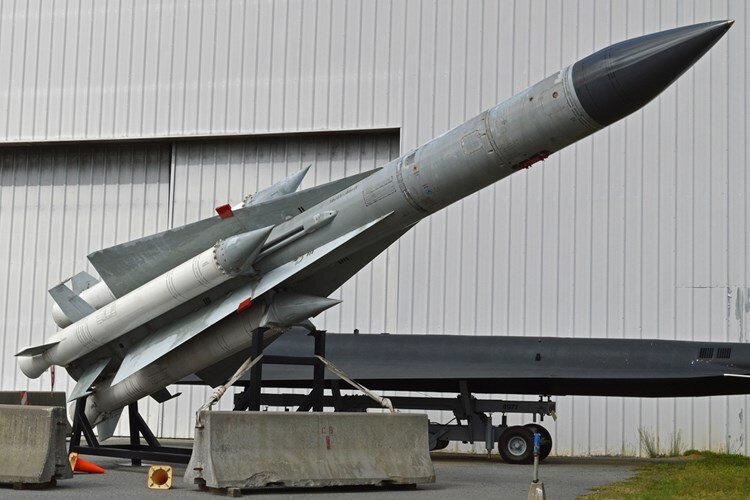
The missile that targeted the occupying regime’s top-secret military nuclear facility Dimona was a Russian SA-5 handled by Syria’s Russian S-200 missile systems. The Zionist regime’s air defense failed to intercept it, which ultimately exploded in the Negev desert inside the Palestinian occupied territories.
The S-200 missile referred to as SA-5 by NATO can be used against medium-range and high-altitude targets. It is 10 meters long with a diameter of 100 centimeters. It weighs 7,000 kilograms, and its warhead is highly explosive and is fired from a fixed platform.
It seems that Israel has to expect harder times, in addition to the internal turmoil, identity challenges, and security concerns in its surrounding areas. A more important issue than whether or not the firing of the missile had been intentional, is that the Zionist regime's defense system had utterly failed to intercept it. This issue is expected to greatly affect the internal situation of the Zionist society and make it worse than it already is; especially considering that the regime’s political structure is very fragile and crippled as of now.
MNA/5195605

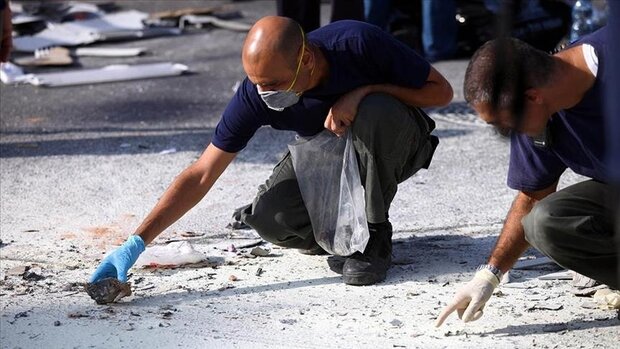
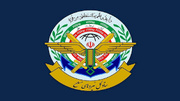



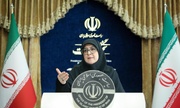

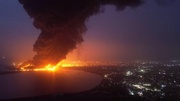









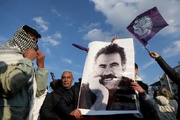
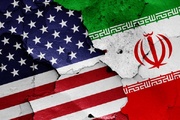

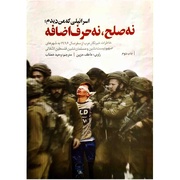


Your Comment